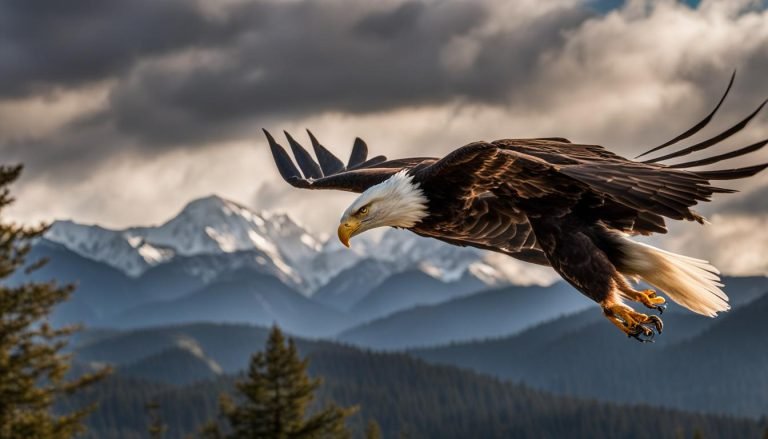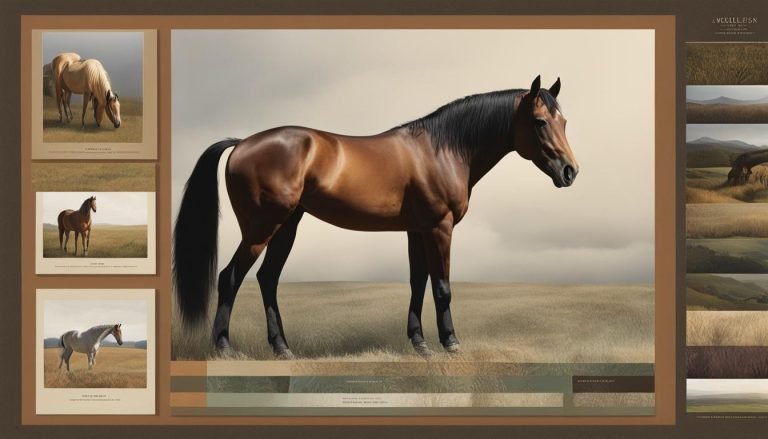Deer
Deer, a diverse species of majestic animals, holds a significant place in the animal kingdom. With their graceful appearance and remarkable adaptations, deer captivate the attention of nature enthusiasts and conservationists alike. Understanding the various species of deer found worldwide is crucial for conservation efforts and maintaining ecological balance. Let’s delve into the fascinating world of these magnificent creatures, exploring their size, habitat, behavior, hunting practices, mortality factors, and distribution across different continents.
Size
Deer are known for their diverse species and majestic presence in the animal kingdom. When it comes to physical characteristics, the size of deer can vary greatly depending on the species. On average, deer can range in weight from 100 to 300 pounds, with some species exceeding this range. As for height, deer can stand anywhere from 3 to 7 feet tall at the shoulder.
Male and female deer often differ in size, with males typically being larger and bulkier than females. This difference is most notable in the development of antlers. Male deer, or bucks, grow antlers that can range in size from small spikes to impressive racks with multiple tines. Female deer, or does, usually do not grow antlers.
Interestingly, the size of deer can also vary within different regions and environments. Factors such as food availability and genetic variations can contribute to these size variations. For example, deer living in areas with abundant food resources may grow larger than those in more resource-scarce environments. Additionally, some species of deer, like the small-bodied Pudu deer, are naturally smaller in size.
Habitat
Deer species have specific preferences when it comes to their habitats. These preferences are influenced by factors such as vegetation, climate, and geographic regions.
Forests and meadows are particularly important for deer, as they provide the natural environment and resources that these animals need to thrive. Forests offer dense vegetation, shelter, and cover, which are essential for deer to hide from predators and find food sources. Meadows, on the other hand, provide open spaces for grazing and foraging, allowing deer to access a variety of plant species that make up their diet.
Deer have evolved to adapt to different habitats and can be found in a wide range of ecosystems, including temperate forests, taiga, grasslands, and mountainous regions. They are well-suited to living in both dense woodland areas and more open meadows due to their ability to navigate different terrains and find suitable food sources.
Within their habitats, deer play a crucial role in shaping the ecosystem. They contribute to the dispersion of seeds through their diet and also serve as prey for natural predators, maintaining a balance in predator-prey relationships.
In summary, understanding the preferred habitats of deer, such as forests and meadows, is essential for conservation efforts and protecting these majestic animals in their natural environments.
Behavior
Deer, known for their intriguing behavior, exhibit fascinating social structures, communication methods, and mating rituals. Understanding these aspects of deer behavior provides valuable insights into their lives and interactions within their environment.
Deer are social animals that live in herds, typically consisting of females, known as does, and their offspring. The social structure within a herd is hierarchical, with dominant males, known as bucks, leading the group. This hierarchical system helps maintain order and facilitates efficient decision-making for the group’s survival and well-being.
Communication plays a vital role in deer behavior. Deer use various forms of communication to convey information and establish social bonds. Vocalizations are one of the primary means of communication. Bucks produce loud roars, known as bellows, during mating season to attract potential mates and assert dominance. Does use soft vocalizations called bleating to communicate with their fawns and other herd members.
In addition to vocalizations, deer also rely on body language to communicate. They use facial expressions, gaze direction, and ear and tail movements to convey messages to other individuals. For example, a deer may raise its tail to signal danger or wag it playfully during social interactions.
Mating rituals and courtship behavior are another intriguing aspect of deer behavior. During the mating season, bucks engage in elaborate displays to attract mates. They engage in fierce fights with competing males, using their antlers to establish dominance. Bucks also perform impressive displays of strength and agility, such as ritualized sparring and posturing, to showcase their fitness to potential mates.
Overall, the behavior of deer is a remarkable demonstration of their social nature, communication abilities, and unique adaptations for successful reproduction. Studying deer behavior enhances our understanding of these majestic animals and allows us to appreciate the intricate dynamics of their lives.
Hunting
Hunting has been a longstanding practice in the history of human interactions with nature. Deer hunting, in particular, has played a significant role in various cultures and continues to be a popular recreational activity in many parts of the world.
Historically, deer hunting was primarily done for sustenance, providing a valuable source of meat and resources for local communities. However, as time progressed and hunting methods evolved, hunting began to serve not only practical purposes but also cultural and leisure interests.
Today, there are a variety of hunting methods used for deer. Traditional methods such as stalking, still hunting, and tracking with the help of dogs are still practiced by hunters who prefer a more hands-on approach. These methods require careful observation, patience, and skill to successfully harvest deer.
In more modern times, technological advancements have introduced new hunting techniques such as the use of firearms, bows, and crossbows. These tools have increased the efficiency and success rates of hunters, enabling them to hunt from a distance and with precision.
However, with the growth in deer hunting practices, there have also been growing concerns about the impact on deer populations and the overall conservation of these majestic animals. To address these concerns, hunting regulations have been put in place to ensure sustainable hunting practices.
Conservation concerns are at the forefront of hunting regulations, aiming to maintain healthy deer populations while also considering the ecological balance in their habitats. These regulations may include limitations on hunting seasons, bag limits, and specific hunting methods allowed.
By implementing these hunting regulations and promoting responsible hunting practices, conservation efforts can be supported, ensuring the long-term preservation of deer populations and their habitats.
Mortality
Deer mortality is influenced by various factors, including natural predators, diseases, and human activities. Understanding these factors is crucial for the conservation and management of deer populations.
Natural Predators: Wolves, bears, and big cats are among the natural predators of deer. These carnivores play an essential role in regulating deer populations by preying on weak, sick, or young individuals.
Diseases: Deer populations can be affected by various diseases, such as chronic wasting disease (CWD) and bovine tuberculosis (TB), which can cause significant mortality. Efforts are made to monitor and control the spread of these diseases through measures such as surveillance, testing, and culling of infected individuals.
Human Activities: Human activities also contribute to deer mortality. Road accidents are a significant cause of deer deaths, especially in areas where deer populations overlap with human settlements. Habitat destruction due to urbanization and deforestation further impacts deer populations by reducing their available habitat and food sources.
Location
Deer species have a diverse distribution across different continents, with significant populations found in North America, Europe, and Asia. These majestic animals have adapted to various environments within these regions, showcasing unique characteristics in each location. Understanding the geographical range of deer species is crucial for conservation efforts and wildlife management.
In North America, deer species are widely distributed, with abundant populations found in Canada, the United States, and Mexico. These animals thrive in diverse habitats, including forests, grasslands, and mountainous regions. Adaptability is a key characteristic of North American deer, as they have developed strategies to survive in different climates and ecosystems.
In Europe, deer species are prevalent throughout the continent, from the forests of Scandinavia to the woodlands of Central Europe. Countries such as Germany, France, and the United Kingdom are home to thriving deer populations. European deer exhibit adaptations to the unique landscapes and climate conditions, allowing them to thrive in diverse habitats.
Across Asia, deer species can be found in countries such as Russia, China, and Japan. The vast continent offers a wide range of habitats, from the taiga forests of Siberia to the temperate forests of China. Asian deer species display distinct adaptations to their respective environments, making them an integral part of the region’s biodiversity.







